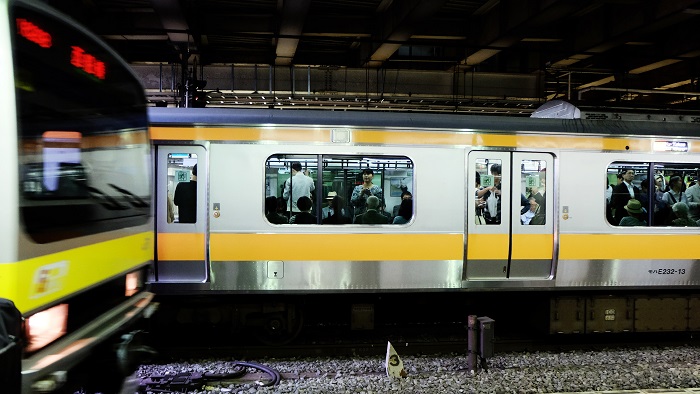-
Japan’s open market forces private railroad companies to be competitive
-
Cutting-edge technology keeps public transport incredibly safe
-
Urban planning is based around public transportation
Japan contains one of the world’s most developed public transportation networks. With over twenty thousand kilometers of railways spread across the land, and over 2000km of Shinkansen, known as high speed rail. Surprisingly, even with the burdens of such a massive system, Japan managed to pull it off with great efficiency and quality.
1. Privatized Railway Companies
One reason that public transportation has been so successful in Japan is the competitive railroad market with the balance of good public transport policies. In 1987, Japan privatized the Japanese National Railways, and it turned out quite well, considering its profitable and healthy finances. As time went on, more and more railway companies entered the market.
An open market allows private railroad companies to invest in commercials and marketing. Also, with the condition of a highly competitive market, railroad companies are forced to maintain efficiency and quality while developing new marketing strategies. Only in this way can a company survive and stand up against other competitors. This is why people are more willing to take public transport rather than driving on their own, and also why Japan has managed to maintain its high usage rate in public transports.
2. Safety
Safety is also a significant piece of evidence of the success of Japanese railway. Take the Shinkansen as an example; after more than half century of operating, not a single passenger has been killed or injured in a Shinkansen accident. This sounds almost impossible considering the amount of natural disasters in Japan is beyond measure, but Japan managed to accomplish this mission with its cutting-edge technology and safety mechanisms.
3. Urban Planning
Many urban plans in Japan, especially with a large metropolis like Tokyo, are based around huge railway stations. With department stores, restaurants, commerce, hotels, and the station built as one structure, creating this colossal complex combines everything based around public transportation. This concept is often used in many urban development plans, which increases the usage rate of public systems like railways and buses. Since everything is attached around a railway station, people are more encouraged to take subways or trains rather than buying a car.
—
Since Taiwan shares many similar characteristics with Japan, especially in terms of geography and cultures, Taiwan should learn from its larger neighbor. Public transportation has huge potential for Taiwan in development, and it is definitely a good idea to learn the same methods as Japan.





0 Comments